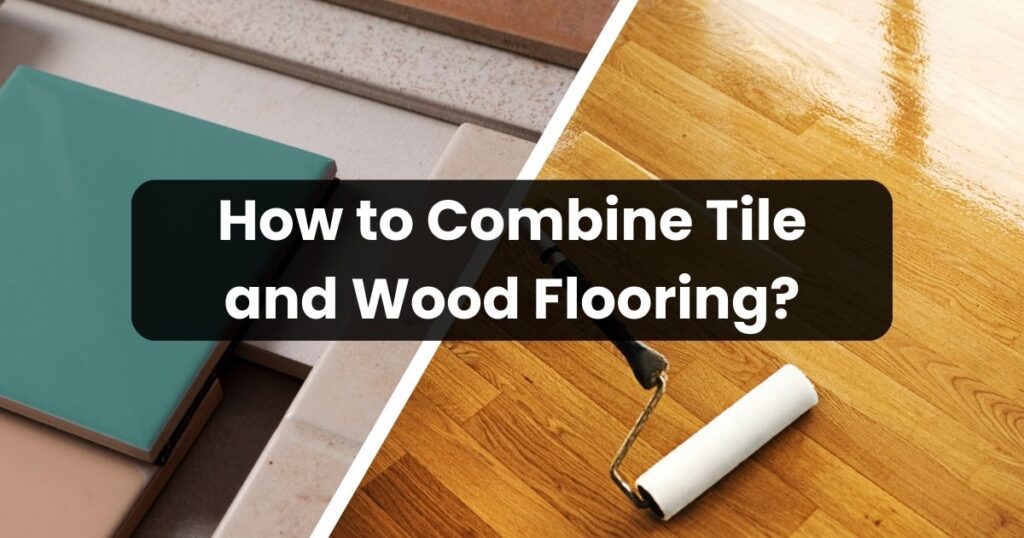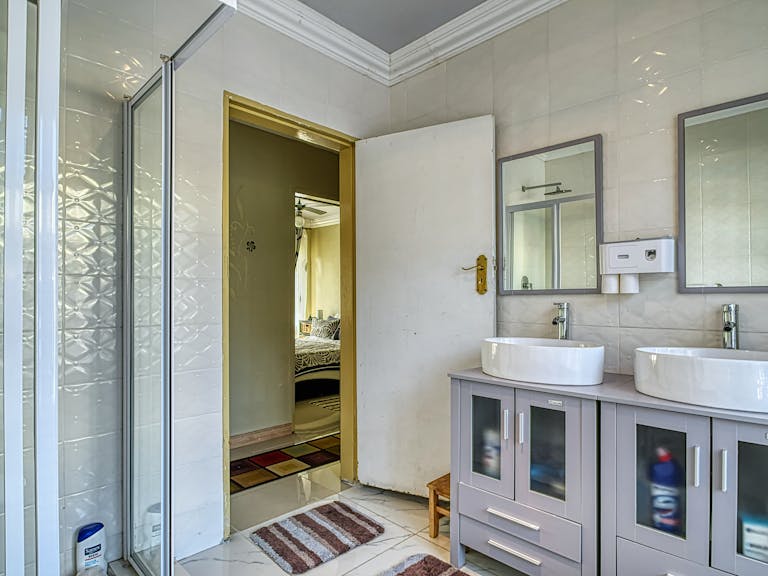The art of combining tile and wood flooring is an innovative way to transform your living spaces. This unique combination not only adds a touch of elegance and sophistication to your home but also offers various practical benefits. In this comprehensive guide, we will walk you through the process of harmoniously blending these two materials, enabling you to create a stunning and functional flooring design that’s bound to impress.
Types of Tile and Wood Flooring
To begin, let’s delve into the diverse options available for both tile and wood flooring. When combining these materials, the possibilities are endless. Tiles come in various materials like ceramic, porcelain, and natural stone, each offering distinct aesthetics and durability. On the other hand, wood flooring provides choices such as hardwood, engineered wood, and laminate, each with its unique character and strength.
Choosing the right materials is crucial, and factors like the room’s purpose, moisture levels, and overall design vision should be taken into account.
Preparing the Subfloor
The foundation for your combination flooring is the subfloor. Preparing the subfloor is a critical step to ensure the durability and longevity of your design. Begin by removing any existing flooring and inspect the subfloor for damage or irregularities. Correct any issues and ensure a level surface. A level subfloor will prevent the tiles and wood from warping or cracking over time.
Installation Process
Wood Flooring Installation
Start with the wood flooring installation. Follow the manufacturer’s guidelines for your specific wood type. Typically, this involves laying down an underlayment, installing the planks, and securing them in place. The result is a warm and inviting foundation for your combined design.
Tile Installation
The next step is the tile installation. Apply thin-set mortar and lay the tiles according to your desired pattern. Ensure even spacing and use spacers to maintain consistency. Once the mortar is dry, grout the tiles to secure them in place.
Transitioning Between Tile and Wood
The transition between tile and wood is a crucial element of your design. It should be seamless both aesthetically and functionally. You can use transition strips or thresholds to create a smooth shift between the materials. For a more creative approach, consider intricate tile patterns that gradually fade into wood, or vice versa.
Design Ideas and Inspiration
When it comes to combining tile and wood flooring, the design possibilities are endless. You can use contrasting materials to create a bold statement or opt for a more subtle transition. Play with patterns, like herringbone, chevron, or mosaic designs, to add character to your floors. Experiment with different wood and tile colors to achieve a unique look that complements your home’s decor.
Maintenance and Cleaning
Maintaining your combined flooring is relatively simple. Regular sweeping and vacuuming, along with occasional mopping, are essential to keep both the tile and wood in pristine condition. Be mindful of the products you use for cleaning, as harsh chemicals can damage the surfaces. Always follow the manufacturer’s recommendations for care and maintenance.
Pros and Cons
Like any design choice, combining tile and wood flooring has its pros and cons. The pros include a unique, eye-catching design, durability, and ease of cleaning. However, it may not be suitable for all areas, as wood can be sensitive to moisture. Consider the specific needs of your space when making your decision.
Conclusion
Combining tile and wood flooring is a creative way to elevate the ambiance of your home. The seamless blend of two distinct materials allows for endless design possibilities. Whether you prefer a modern, rustic, or classic look, this combination can be tailored to suit your unique style.
So, what are you waiting for? Embark on your journey to transform your living spaces and make a statement with the perfect combination of tile and wood flooring.
FAQs
Can I combine tile and wood flooring in any room?
The choice of rooms depends on factors like moisture levels and your design vision. Consult with a flooring professional for the best advice.
What is the best way to create a smooth transition between tile and wood?
Transition strips or creative tile patterns that gradually shift into wood are excellent choices for a smooth transition.
Are there specific care instructions for maintaining this type of flooring?
Yes, it’s essential to use the right cleaning products and methods to ensure the longevity of your combined flooring.
Can I change the design later if I get tired of the combination?
Yes, both tile and wood flooring offer flexibility for design changes, although it may involve some effort and cost.
What are some popular design styles for combining tile and wood flooring?
Herringbone, chevron, and mosaic patterns are trendy design styles for creating unique and eye-catching combinations.







